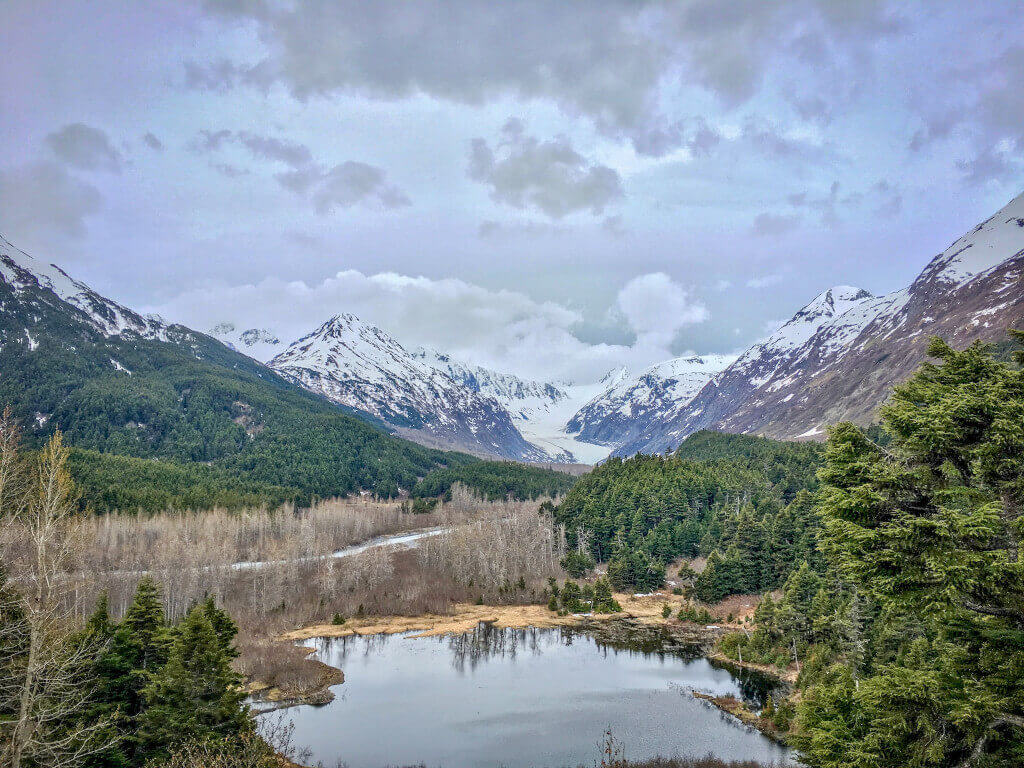In the vast expanse of America, Alaska has long been perceived as the untouched wilderness, a place often seen but less understood. Until recently, this perception extended to its contributions to the distilling industry. In a dramatic twist of fate, post-2014, the Alaskan distilling scene emerged from obscurity, bringing with it a unique concoction of flavors and techniques that the world had scarcely tasted before.
The tipping moment arrived with House Bill 309, igniting Alaska’s leap into the realm of distilled spirits. Before this, enthusiasts wouldn’t find a legal tasting room in the state. But with the ink dry on this groundbreaking legislation, Alaska was not just on the distilling map; it was set to redefine it. The subsequent birth of the Alaska Distillers Guild was the affirmation that the state was ready to pour its heart into every bottle.
Bob Klein, at the helm of the Anchorage Distillery, holds the foundation of Alaska’s distilling ethos. “Our commitment to local farming stands out in the industry,” Klein asserts. Drawing grains like rye and wheat from the proximate Matanuska Valley, and barley from the expanses of Delta Junction near Fairbanks, the distillery firmly grounds its identity in Alaskan terroir.
By prioritizing locally grown grains, the distillery not only ensures a unique taste profile for its spirits but also reinforces the local agricultural sector, providing a steady demand for crops that might otherwise struggle in Alaska’s distinct climatic conditions.
This symbiotic relationship between distillery and farmer speaks volumes about the interconnectedness of local economies. For instance, by sourcing grains from nearby Matanuska Valley, Anchorage Distillery helps stabilize the incomes of farming families there. It bolsters the local economy by retaining money within the state and providing jobs, from farming to distilling to marketing.
Delta Junction, another significant grain source for the distillery, benefits similarly. By pulling barley from this region, Anchorage Distillery not only secures the freshest ingredients but also plays a role in keeping farming traditions alive. As Alaska is often viewed as a challenging agricultural landscape due to its short growing season, such collaborations are pivotal in showcasing the state’s capability to produce premium crops.
This Local-centric Approach Extends Past Sourcing
The grains, once converted into spirits, tell a story of Alaskan resilience, tradition, and craftsmanship. When consumers enjoy a product from Anchorage Distillery, they’re not just tasting vodka or gin; they’re experiencing Alaska, its soil, its sunshine, and its spirit.
In turn, this boosts the state’s tourism sector. Tourists, intrigued by the authenticity of Anchorage Distillery’s offerings, are more likely to visit, keen to understand and witness firsthand the distillery’s bond with its environment. As Klein articulates, the Alaskan climate and glacial-rich soil directly influence the unique taste of their spirits, like the Glacier Melt vodka, which stands distinct with its barley base, contrasting the commonality of corn or wheat vodkas.
The Awards Have Started to Come in, Validating Their Distinctive Approach
The Aurora Gin, with its grainy essence layered beneath the botanicals, clinched first place at the prestigious San Francisco World Spirits Competition in 2017. However, it’s not just about international acclaim. The state’s primary tourism conduit, the Alaska Railroad, recognized Anchorage Distillery’s potential and entered an exclusive contract, giving tourists a sip of Alaska as they traverse its vastness.
Yet, every rose has its thorn. In the race to set up a tasting room befitting their spirits, Anchorage Distillery faced legal obstacles, primarily because of their novelty in the state. The local bars saw them as competition, and state authorities were left grappling with regulations for an industry in its infancy. However, resilience defines Alaska. While they operate under restrictions in their mining-themed tasting room—no barstools or live performances—the focus remains on crafting and refining.
Interestingly, visitors to the tasting room will find barrels signaling another chapter in Anchorage Distillery’s narrative – aging whiskey. Klein hints at the exciting possibility of a barley, wheat, and rye blend, aged in a mix of new and pre-used barrels. This whiskey adventure is just another exemplification of the distillery’s commitment to innovation and quality.
But whiskey isn’t the only thing brewing. With essence stills as their playground, the team experiments with ingredients ranging from ghost pepper to genuine blueberries. As Travis Lee, the master distiller at Anchorage, notes, every spirit is crafted with precision, a fusion of art and science.
What Are Essence Stills and Why Is it Important to Anchorage Distillery

In the intricate process of spirit production, essence stills plays a pivotal role, especially when aiming for nuanced flavors and aromatic profiles. To understand their function, it’s always important to start with the very basics of distillation. At its core, distillation is a method to separate compounds based on differences in their boiling points. Essence stills, in particular, are designed to capture and concentrate the flavors and aromas – or the “essences” – from various ingredients.
The design of an essence still is specialized to allow for a gentler distillation process, ensuring that delicate flavors aren’t lost to high temperatures. Typically, they operate under vacuum conditions, which reduces the boiling points of the compounds. This means that flavors can be extracted at much lower temperatures than in conventional stills, preserving the intricate profiles of ingredients that might otherwise degrade or evaporate.
At Anchorage Distillery, the team harnesses the capabilities of these stills to experiment with a myriad of ingredients and they’re committed to pushing the flavor boundaries. Imagine capturing the fiery zest of a ghost pepper without the overwhelming heat, or distilling the summery sweetness of blueberries without losing its fresh tang. This precision is achievable with essence stills.
Travis Lee’s emphasis on crafting each spirit with a blend of “art and science” is manifest in this process. While the science lies in understanding the boiling points, vapor pressures, and chemical compositions, the art is in deciding how long to distill, what pressure to use, and which part of the distillate to collect. The resultant spirit is not just an alcoholic beverage; it’s a sensory experience, an ode to the ingredient’s original character.
Alaska might have been late to the distilling party, but it’s making an entrance that’s hard to ignore. With its deep connection to the land, innovative approach, and the passion of pioneers like Bob Klein and Travis Lee, the “last frontier” is crafting spirits that resonate with authenticity and character, setting new frontiers in the world of distilling.

